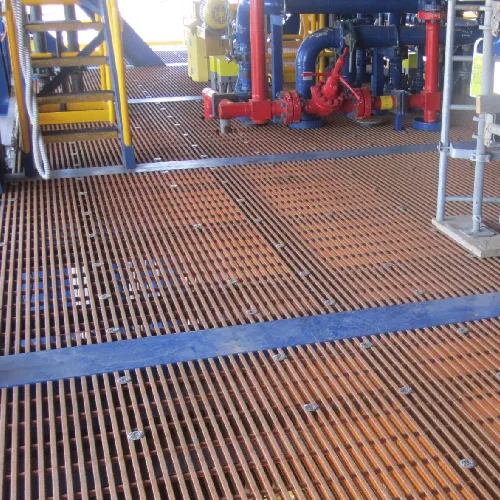loading...
- No. 9, Xingyuan South Street, Dongwaihuan Road, Zaoqiang County, Hengshui, Hebei, China
- admin@zjcomposites.com
- +86 15097380338
- Welcome to visit our website!
well water pressure tank
Understanding Well Water Pressure Tanks
A well water pressure tank is a crucial component of a residential water supply system, ensuring that water is delivered at a consistent pressure to meet household demands. Understanding how these tanks function is essential for homeowners relying on well water, as they play a vital role in maintaining efficient water flow and preventing damage to the plumbing system.
What is a Well Water Pressure Tank?
A well water pressure tank, often referred to simply as a pressure tank, serves as a reservoir that holds water pumped from a well. It is typically cylindrical in shape and made of steel or fiberglass, with an inner lining to prevent corrosion. The tank is equipped with a bladder that separates air from water, allowing it to maintain a specific pressure level. The air above the bladder is compressed when the tank fills with water, creating a pressurized system that pushes water into the house when a faucet is turned on.
How Does a Well Water Pressure Tank Work?
The operation of a pressure tank is relatively straightforward. Once water is pumped from the well, it enters the tank and fills the bladder. As water fills the tank, the air above the bladder is compressed, raising the pressure inside the tank. This pressure is regulated by a switch that monitors the tank’s pressure levels. When the pressure drops below a set threshold, the pump kicks in to refill the tank. Conversely, when the pressure reaches a certain high point, the pump shuts off. This continuous cycle ensures that water is readily available whenever the household taps are turned on.
Benefits of Using a Pressure Tank
1. Consistent Water Pressure The main advantage of a pressure tank is its ability to provide a steady stream of water at a consistent pressure. This ensures that multiple faucets can be used simultaneously without a significant drop in water flow.
well water pressure tank

2. Energy Efficiency With a pressure tank, the submersible pump operates less frequently, leading to reduced energy consumption. The tank stores water, allowing the pump to work only when necessary, which can extend the pump's lifespan and save on electricity bills.
3. Noise Reduction Submersible pumps can be noisy when running. A pressure tank minimizes the frequency with which the pump must operate, resulting in a quieter home environment.
4. Protection for Plumbing Maintaining proper water pressure helps prevent issues such as pipe bursts, leaks, and excessive wear on appliances that rely on water supply.
Maintenance of Pressure Tanks
Like any home system, well water pressure tanks require regular maintenance to ensure longevity and efficient operation. Homeowners should periodically check the air pressure in the tank, as it can leak over time. The recommended air pressure is typically set to two pounds below the cut-in pressure of the pressure switch. Additionally, visual inspections for rust or corrosion can help identify potential issues before they escalate.
If the tank is not functioning as expected, it may be necessary to replace the bladder or consider replacing the tank itself, especially if it is old or has been subjected to prolonged wear.
Conclusion
Well water pressure tanks are indispensable for households that rely on private well systems. They provide reliable water pressure, enhance energy efficiency, and protect plumbing systems from potential damage. Understanding how these tanks work and their maintenance requirements ensures that homeowners can enjoy a steady and dependable water supply for years to come.
-
GRP Structures: The Future of Lightweight, High-Performance EngineeringNewsJun.20,2025
-
FRP Water Tank: High-Performance Storage for Corrosive and Clean Water SystemsNewsJun.20,2025
-
FRP Square Tube: The New Industry Standard for Chemical and Structural ApplicationsNewsJun.20,2025
-
FRP Pultruded Profiles: The Ultimate Choice for Lightweight Structural StrengthNewsJun.20,2025
-
FRP Handrails: The Safer, Smarter, and Stronger Choice for Modern InfrastructureNewsJun.20,2025
-
FRP Grating: The Smart Solution for Durable, Lightweight Industrial FlooringNewsJun.20,2025
-
Why Choose a Galvanized Water Tank for Your Storage NeedsNewsMay.21,2025
